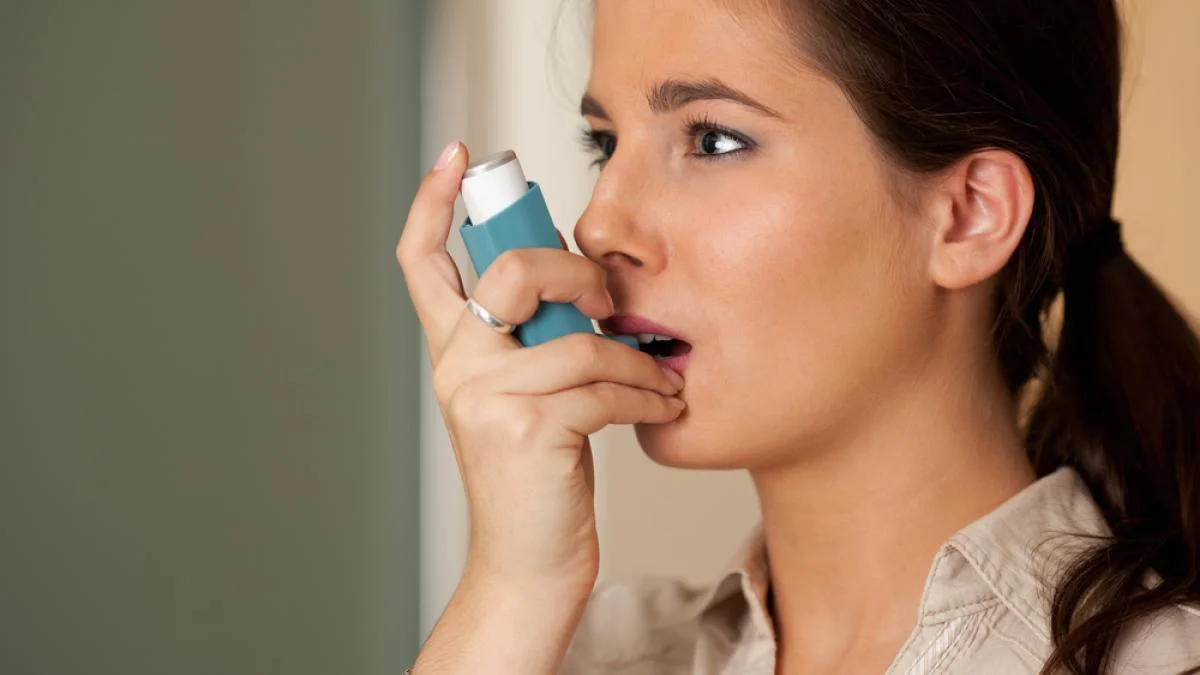What exactly is asthma?
Asthma is a respiratory disease characterized by chronic inflammation of the airway, with
clinical manifestations that include wheezing, shortness of breath, chest tightness, and coughing
over time.
Asthma Types:
Asthma can be classified into different types based on the causes, with extrinsic or allergic
Asthma is the most common condition in children and adolescents.
The Asthmatic Emergency:
All types of asthmatic crises are reversible and have self-limited episodes.
Patients who are monitored and adhere to their treatment plan can live a normal life as long
as they keep their medication on hand.
Inhaled anti-inflammatory drugs (corticosteroid types, such as budesonide or beclomethasone)
and long-acting bronchodilators are used to treat asthma (beta-adrenergic agonist type such
as salbutamol).
However, in the most severe cases, these medications are insufficient, and hospitalization is
required.
How to Provide Correct Dental Care to Asthmatic Patients:
One of the most important considerations for the dentist is avoiding an asthma attack. To that end, a number of preventive measures must be implemented:
Learn about the patient’s medical history, including the type of asthma, triggers, severity, and usual treatment. However, it is critical to ensure that the patient has the medication and has taken it before beginning any dental surgery. Recognize and detect the signs and symptoms of a crisis, and avoid precipitating factors. Because anxiety can be one of these factors, it is critical to establish an honest and supportive relationship with the patient from the moment they arrive to seek help for their oral health problem. The professional should discuss the patient’s dental condition, how he or she will be treated, and any concerns the patient has about the treatment.
A flare-up of asthma:
The patient should be encouraged to ask questions, and the dentist should respond in an open and direct manner. The patient should be informed about the steps the dentist will take to reduce pain and make the consultation more comfortable. If there will be any discomfort during the procedure, the patient should be informed at what point, it will occur. Patients who are extremely anxious can be given a small dose of anti-anxiety medication the night before and one hour before their appointment. If any signs or symptoms of coughing, shortness of breath, wheezing, or chest tightness are detected, treatment should be immediately discontinued and the usual nebulizer administered. Finally, drug interactions with dental practice must be considered. Aspirin and other Nonsteroidal anti-inflammatory drugs (NSAIDs) may cause the attack. However, macrolide antibiotics such as erythromycin should not be prescribed to theophylline patients because they may increase its toxicity.
To respond to an acute asthma attack in a dental office, take the following steps:
- Allow the patient to sit in a comfortable position after finishing dental treatment.
- Maintain an open airway and use an inhaler or nebulizer.
- Oxygen should be administered via a nasal mask or a single cannula.
If there is no improvement, the patient’s condition worsens, and epinephrine is injected subcutaneously (1:1,000 solution, 0.01 mg/kg body weight, the maximum dose is 0.3 mg), medical assistance, it is critical to continue treatment and maintain a satisfactory oxygen saturation until the patient no longer wheezes or can be taken to the emergency room using medical transportation. The incident should be thoroughly documented and reported to the physician. Finally, in the dental management of foreign body inhalation, prompt intervention by the dentist is critical. In this situation, adequate prevention is the most important method. The dentist should be able to identify and treat disease as soon as possible, contributing to the overall treatment of these patients.


